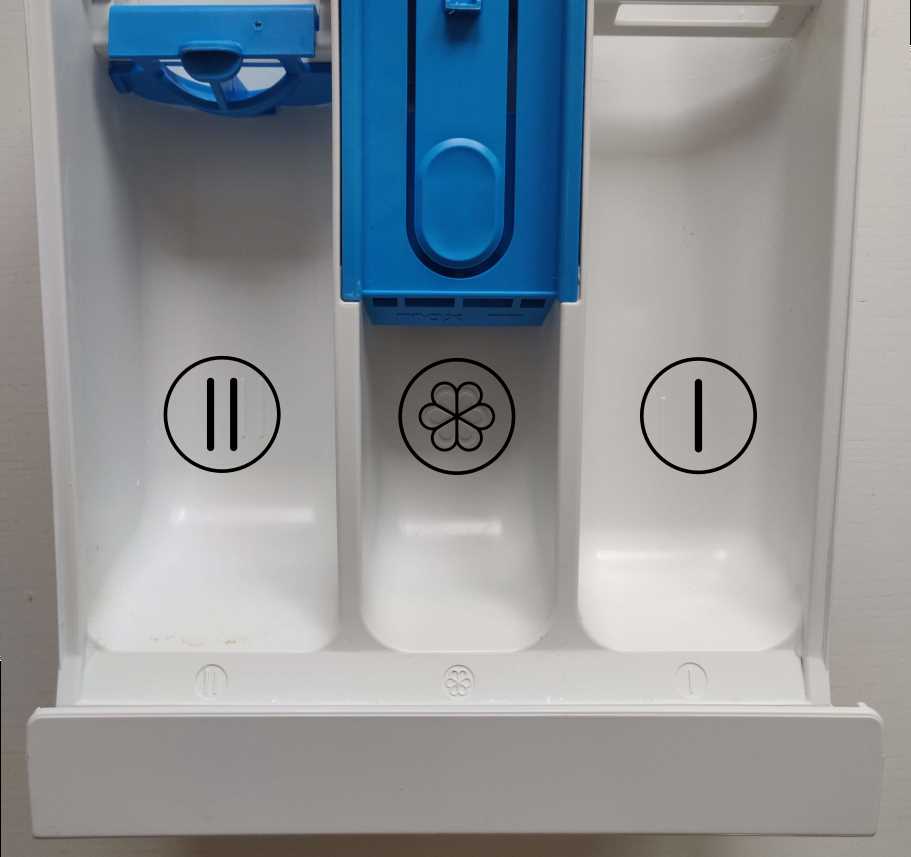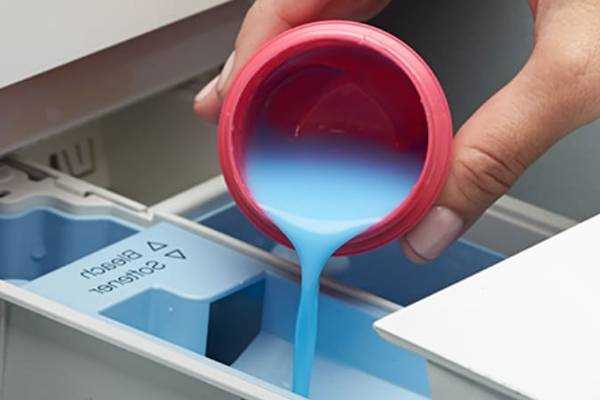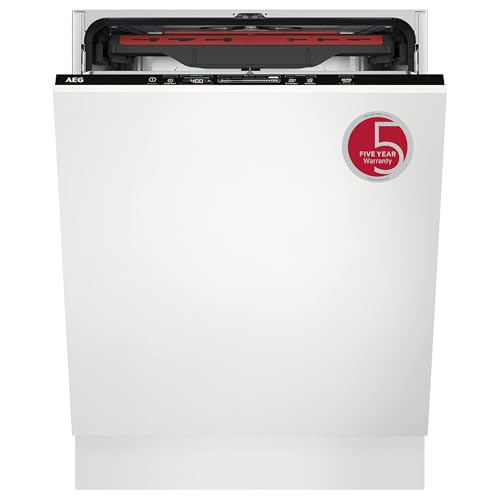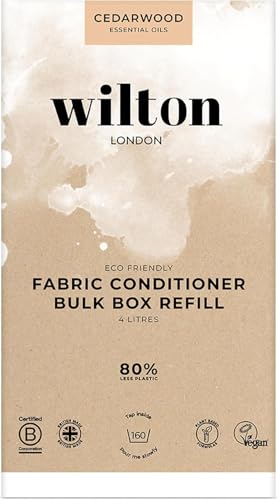
Fabric conditioner is a key component in achieving soft, fresh-smelling clothes after each wash. However, many people struggle with using fabric conditioner correctly, resulting in less-than-desirable results. In this ultimate guide, we will provide you with step-by-step instructions on how to effectively use fabric conditioner in your washing machine, ensuring that your clothes come out feeling and smelling amazing every time.
Step 1: Choose the right fabric conditioner
Before we delve into the process of using fabric conditioner in your washing machine, it is important to choose the right product for your needs. There are various types of fabric conditioners available on the market, each designed for different fabric types and with different scents. Take some time to research and select a fabric conditioner that matches your preferences and the fabrics you commonly wash.
Pro tip: Look for fabric conditioners that are dermatologically tested, hypoallergenic, and suitable for sensitive skin if you or your family members have any skin sensitivities.
Step 2: Load your washing machine
Once you have chosen the perfect fabric conditioner, it’s time to load your washing machine with the clothes you want to wash. Make sure to separate your clothes by color and type to ensure the best results. Follow the manufacturer’s instructions for loading the washing machine, taking care not to overload it.
Pro tip: If you have heavily stained clothes, pre-treat them before adding fabric conditioner to specifically targeted areas. This will help to ensure that the stains are effectively removed.
Step 3: Add fabric conditioner
Now that your washing machine is loaded, it’s time to add the fabric conditioner. Look for a dedicated compartment in your washing machine designed specifically for fabric conditioner. This compartment is usually marked with a flower icon or labeled as “fabric conditioner.” Simply pour the recommended amount of fabric conditioner into the compartment.
Step 4: Start the washing cycle
Once the fabric conditioner is added, close the washing machine lid or door and set the desired washing cycle. Follow the manufacturer’s instructions for the specific settings and duration. Sit back and relax while the washing machine works its magic, infusing your clothes with the delightful scent and softness of the fabric conditioner.
By following these steps and choosing the right fabric conditioner for your needs, you can ensure that every wash leaves your clothes feeling and smelling fantastic. Say goodbye to stiff, rough garments and hello to the ultimate laundry experience!
Benefits of using fabric conditioner
– Softens the fabric: Fabric conditioner helps to soften and smoothen the fibers of the fabric, making them feel more luxurious and comfortable against the skin. This is especially beneficial for materials like towels and bed linens, as it enhances their absorbency and overall comfort.
– Reduces static cling: Fabric conditioner helps to reduce static cling, preventing clothes from sticking to each other or clinging to the body. This is particularly useful for synthetic fabrics which are more prone to static electricity.
– Minimizes wrinkling and creasing: Fabric conditioner helps to relax the fibers of the fabric, reducing wrinkling and creasing. This makes it easier to iron or wear clothes straight from the dryer, saving you time and effort.
– Enhances scent: Fabric conditioner adds a pleasant and long-lasting fragrance to your clothes, leaving them smelling fresh and clean. The fragrance can also help to mask any unwanted odors that may be present in the fabric.
– Improves fabric longevity: By minimizing friction between the fibers, fabric conditioner helps to prevent wear and tear, extending the lifespan of your clothes. This is especially important for delicate fabrics that are more prone to damage.
– Easy to use: Using fabric conditioner is a simple and convenient way to enhance the quality of your laundry. Simply add it to the designated compartment in your washing machine or hand wash basin during the rinse cycle.
– Suitable for all types of fabric: Fabric conditioner is suitable for use with all types of fabric, including cotton, linen, silk, and synthetic materials. However, it is always recommended to check the care label of your clothes to ensure compatibility.
– Economical: Fabric conditioner can be an economical choice as it helps to maintain the quality of your clothes, reducing the need for frequent replacements. It also helps to preserve the original color and appearance of your garments.
– Environmental considerations: Many fabric conditioners are now available in eco-friendly formulations, using natural and biodegradable ingredients. This allows you to enjoy the benefits of fabric conditioner while minimizing the impact on the environment.
In conclusion, using fabric conditioner has numerous benefits, including softer fabrics, reduced static cling, minimized wrinkling, enhanced scent, improved fabric longevity, ease of use, suitability for all types of fabric, economical advantages, and eco-friendly options. By incorporating fabric conditioner into your laundry routine, you can enjoy the enhanced comfort, freshness, and longevity of your clothes.
Step-by-step instructions to use fabric conditioner in the washing machine
Step 1: Prepare your washing machine
Before adding fabric conditioner to your washing machine, make sure it is clean and free from any detergent residue. This will ensure that the fabric conditioner works effectively and doesn’t mix with any leftover detergent.
Step 2: Load your laundry
Add your clothes to the washing machine as you normally would. Make sure to properly separate your whites, colors, and delicates to prevent any color bleeding or damage during the washing process.
Step 3: Measure the fabric conditioner
Check the instructions on the fabric conditioner bottle for the recommended dosage. Using too much conditioner can leave a residue on your clothing, while using too little may not provide the desired softness and fragrance. Measure the appropriate amount of fabric conditioner using the measuring cap or dispenser provided with the product.
Step 4: Add the fabric conditioner
Open the washing machine lid or drawer and locate the fabric conditioner compartment. This is usually indicated by a symbol or label representing fabric softener. Pour the measured amount of fabric conditioner into the designated compartment. Make sure not to exceed the maximum fill line, as this can cause overflow during the wash cycle.
Step 5: Start the wash cycle
Close the washing machine lid or drawer and set the desired wash cycle and temperature. Start the washing machine to begin the wash cycle. The fabric conditioner will be released during the rinse cycle, ensuring that it coats the clothes properly and provides the desired softness and fragrance.
Step 6: Remove and enjoy your fresh laundry

Once the wash cycle is complete, remove your clothes from the washing machine. The fabric conditioner will have left a fresh scent and softness on your laundry, making it more comfortable to wear or use. Enjoy the benefits of properly using fabric conditioner in your washing machine!
Choosing the right fabric conditioner for your laundry
When it comes to choosing a fabric conditioner for your laundry, there are a few key factors to consider. Here are some tips to help you make the right choice:
- Fragrance: One of the major factors in choosing a fabric conditioner is the fragrance. Different fabric conditioners have different scent options, so it’s important to choose one that suits your personal preference.
- Skin Sensitivity: If you or someone in your household has sensitive skin, it’s important to choose a fabric conditioner that is hypoallergenic and gentle on the skin.
- Formulation: Fabric conditioners come in liquid and dryer sheet forms. Liquid fabric conditioners are generally more common and versatile, as they can be used in both the washing machine and during hand washing. Dryer sheets are convenient for use in the dryer, but they may not be suitable for all fabric types.
- Fabric Types: Consider the types of fabrics that you frequently wash. Some fabric conditioners are specifically formulated for certain fabric types, such as cotton, silk, or synthetic materials.
It’s also important to read the instructions and dosage recommendations on the fabric conditioner packaging. Using too much or too little fabric conditioner can affect the effectiveness and fragrance of your laundry.
Remember to always follow the manufacturer’s instructions for adding fabric conditioner to your washing machine. This will help ensure that the fabric conditioner is properly distributed and that your laundry comes out soft, fresh, and smelling great!
Common mistakes to avoid when using fabric conditioner
Using fabric conditioner can greatly improve the softness and freshness of your laundry. However, there are some common mistakes that people make when using fabric conditioner in their washing machines. By avoiding these mistakes, you can ensure that you get the best results and prolong the life of your clothes.
1. Using too much fabric conditioner
One of the most common mistakes is using too much fabric conditioner. Using more than the recommended amount can leave a residue on your clothes and decrease their absorbency. It can also cause a build-up in your washing machine, leading to unpleasant odors and reduced efficiency.
2. Adding fabric conditioner directly on the clothes

Never add fabric conditioner directly on your clothes. Always use the appropriate dispenser or compartment in your washing machine. Adding fabric conditioner directly on the clothes can cause staining and uneven distribution.
3. Using fabric conditioner on certain fabrics

Some fabrics, such as towels, sportswear, and flame-resistant materials, may not be suitable for fabric conditioner. Always check the care label of your clothes to make sure they can be used with fabric conditioner. Using fabric conditioner on fabrics that are not compatible can reduce their performance and lifespan.
4. Mixing fabric conditioner with detergent
Do not mix fabric conditioner with detergent. They should be added separately, as mixing them together can reduce the effectiveness of both products. Always follow the instructions on the product labels for the correct usage.
5. Not cleaning the fabric conditioner compartment
Regularly clean the fabric conditioner compartment in your washing machine. Residue can build up over time, leading to clogs and an inefficient distribution of the fabric conditioner.
6. Not using fabric conditioner in every wash
Fabric conditioner should be used in every wash to maintain the softness and freshness of your clothes. Skipping fabric conditioner occasionally can result in clothes feeling rough and losing their scent.
7. Using fabric conditioner for all types of laundry

While fabric conditioner is great for most laundry, there are some items that it may not be suitable for. Avoid using fabric conditioner on items with waterproof or moisture-wicking properties, as it can reduce their effectiveness.
By avoiding these common mistakes, you can ensure that your clothes come out of the washing machine feeling soft and smelling fresh every time. Take the time to read the instructions on your fabric conditioner and follow the care labels on your clothes to get the best results.
Tips and tricks for getting the most out of your fabric conditioner
- Choose the right fabric conditioner: Not all fabric conditioners are created equal. Choose a fabric conditioner that is suitable for the type of fabric you are washing.
- Read the instructions: Each fabric conditioner may have specific instructions for use. Be sure to read the instructions on the bottle before adding it to your washing machine.
- Measure the right amount: Using too much or too little fabric conditioner can affect its effectiveness. Follow the recommended dosage instructions to ensure you are using the right amount.
- Add it at the right time: Fabric conditioner works best when added during the rinse cycle. Some washing machines have a designated fabric conditioner dispenser, while others may require you to add it manually during the rinse cycle.
- Pre-soak tough stains: For tough stains, you can pre-soak the garment in a mixture of water and fabric conditioner. This can help to loosen the stain and make it easier to remove during the wash cycle.
- Avoid contact with delicate fabrics: Some fabric conditioners may not be suitable for delicate fabrics like silk or wool. Check the label of your fabric conditioner and avoid using it on delicate fabrics.
- Use fabric conditioner with towels: Fabric conditioner can help to maintain the softness and absorbency of towels. Add fabric conditioner during the rinse cycle to keep your towels soft and fluffy.
- Refrain from using too much: Using too much fabric conditioner can leave a residue on your clothes. Use the recommended amount or slightly less to avoid this issue.
- Clean your washing machine regularly: Fabric conditioner can build up over time and clog your washing machine. Regularly clean your washing machine to prevent any issues and maintain its performance.
- Experiment with scents: Fabric conditioners come in a variety of scents. Find one that suits your preferences and experiment with different scents to add a pleasant aroma to your clothes.
FAQ
Do I need to use fabric conditioner in the washing machine?
Yes, using fabric conditioner in the washing machine is not necessary, but it can help improve the softness and scent of your clothes.
How much fabric conditioner should I use in the washing machine?
The amount of fabric conditioner you should use depends on the size of your load and the instructions on the packaging. Generally, it’s recommended to use about 1 capful of fabric conditioner per load.
Can I use fabric conditioner with any type of laundry detergent?
Fabric conditioner can be used with any type of laundry detergent, including both liquid and powder. Just make sure to follow the instructions on the packaging for best results.
What are the benefits of using fabric conditioner in the washing machine?
Using fabric conditioner in the washing machine can help make your clothes softer, reduce static cling, and add a pleasant scent. It also helps to prevent clothes from becoming stiff and rough after washing.
Can fabric conditioner cause skin irritation?
Sensitive individuals may experience skin irritation or allergic reactions to fabric conditioner. If you have sensitive skin, it’s recommended to choose a hypoallergenic or fragrance-free fabric conditioner. You can also try doing a patch test before using it on your entire load of laundry.
What is fabric conditioner and what does it do?
Fabric conditioner is a laundry product that is used to soften and freshen fabrics. It is typically added to the final rinse cycle of the washing machine. Fabric conditioner helps to reduce static, minimize wrinkles, and improve the overall feel and scent of the clothes.












